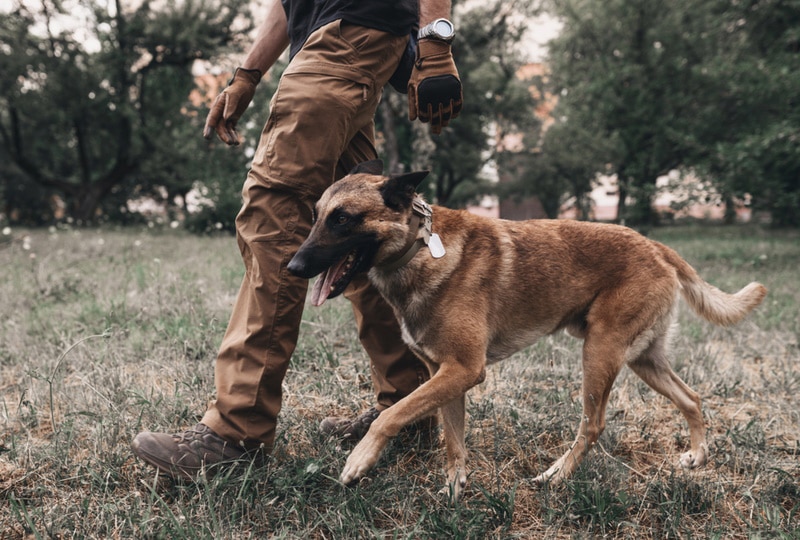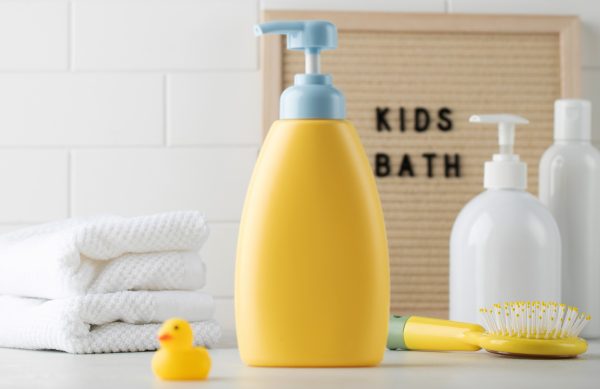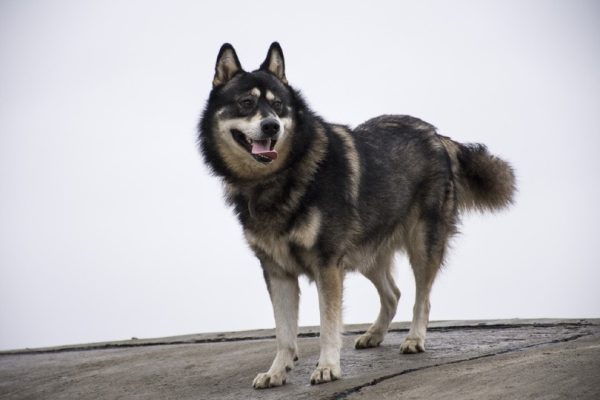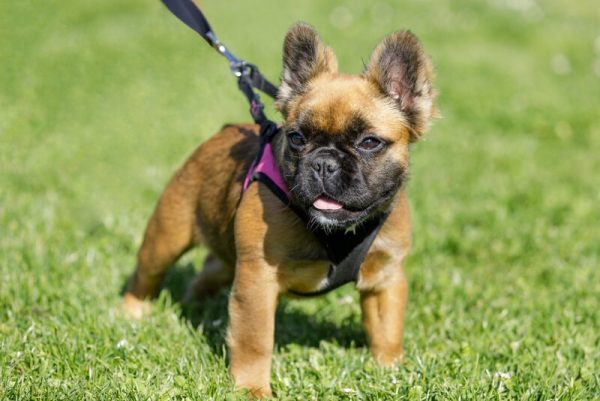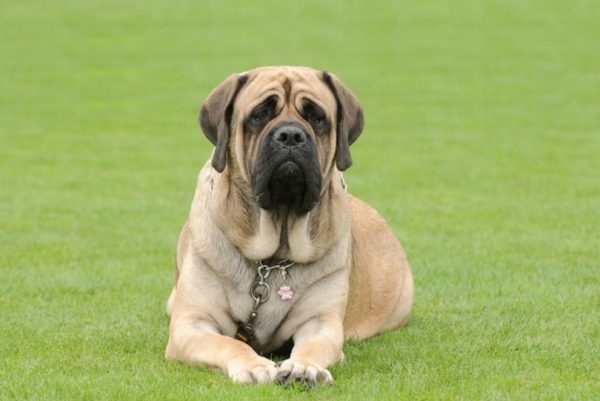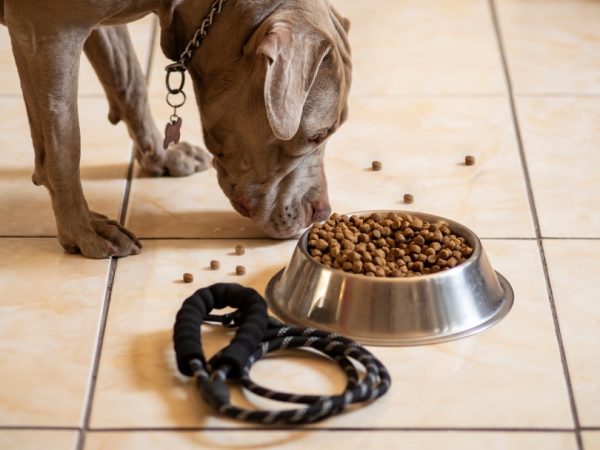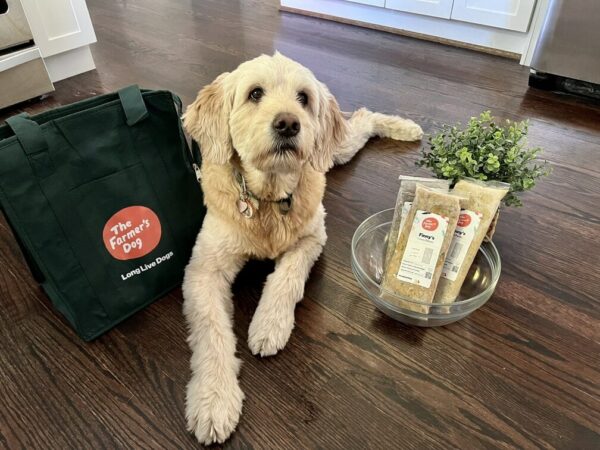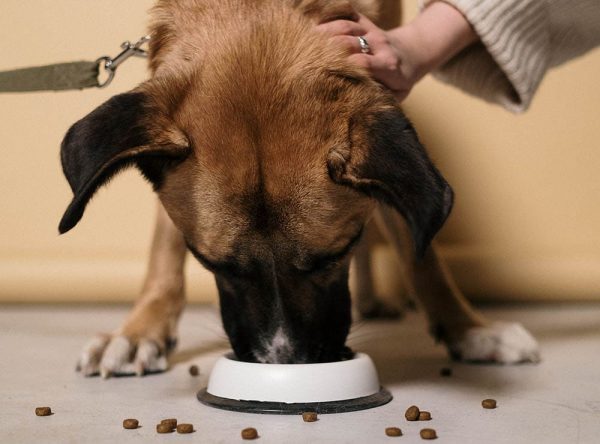In recent years, many people have learned about the Belgian Malinois breed thanks to social media and entertainment. With the increased interest in this breed, more and more people have been bringing them home, only to find out just how difficult these dogs can be. Although extremely loyal and intelligent, they’re also very high energy—far higher than your average dog. Because of this, it’s absolutely necessary to properly train a Belgian Malinois. Without training, this breed is prone to becoming destructive, noisy, and even aggressive.
If you’re unfamiliar with dog training, the best thing you can do is reach out to a dog trainer who uses positive training approaches to help guide you in training your dog. If you’re up for the challenge, though, there are multiple steps you should take to set your Belgian Malinois up for success.

The 11 Tips for Training Your Belgian Malinois
1. Socialize Your Dog
Socialization is an essential part of your dog’s development, and it should start as soon as you bring your new pup home. Many people believe that socialization means taking your dog into public places and forcing interactions between them and other people and dogs. However, socialization should be used as a way to help your dog get used to and comfortable with others, while still understanding that they should focus on you. Therefore, this should be done carefully and gradually while also ensuring that your pup is fully vaccinated before exposing them to unfamiliar pets.
The general idea is that your dog should also be allowed to feel safe during outings, so not allowing uncomfortable approaches from strangers is very important. The end goal of socialization isn’t to have a dog that wants to approach other dogs and people. The goal should be to have a dog that is confident and relaxed around others, while still remembering to look to you for cues.
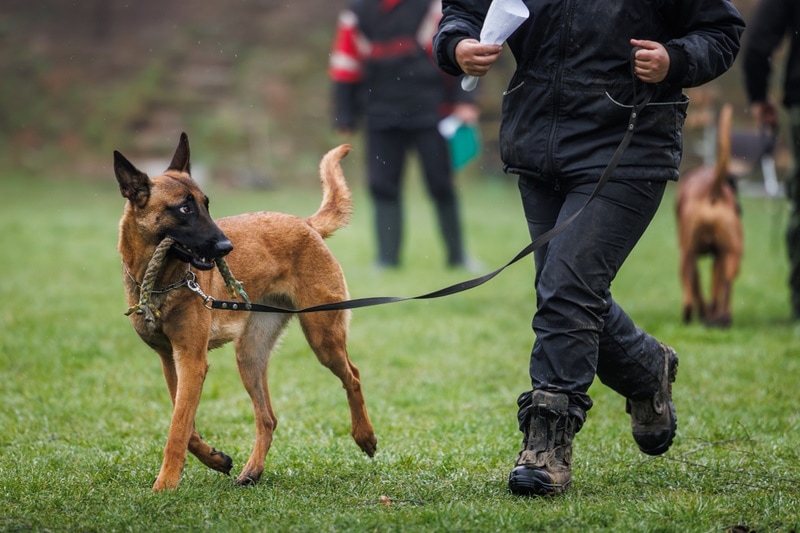
2. Build Trust
Properly socializing your Belgian Malinois is only one aspect of building trust, although your pup will learn to trust you as you keep them safe and comfortable during the socialization period. Trust is built through a variety of means, including positive interactions and routines. Your puppy will learn to trust you as you treat them with kindness, while also respecting their boundaries. They will learn to trust you when you provide them with meals and treats, positive reinforcement, comfort, and safety in all situations.
3. Start Training Your Dog While Young
Not only should socialization be started as soon as you bring your dog home, but training should start shortly thereafter. Training can help to build your pup’s trust in you, as well as build their confidence and help them develop a healthy mental state.
Starting your puppy with a training regimen while they are still very young will allow you to get a handle on bad behaviors before they get out of hand, as well as help your pup learn from day one that focusing on you is an important part of your relationship. Starting training with an older puppy or adult dog can be far more challenging than working with a puppy that has received training from a young age.
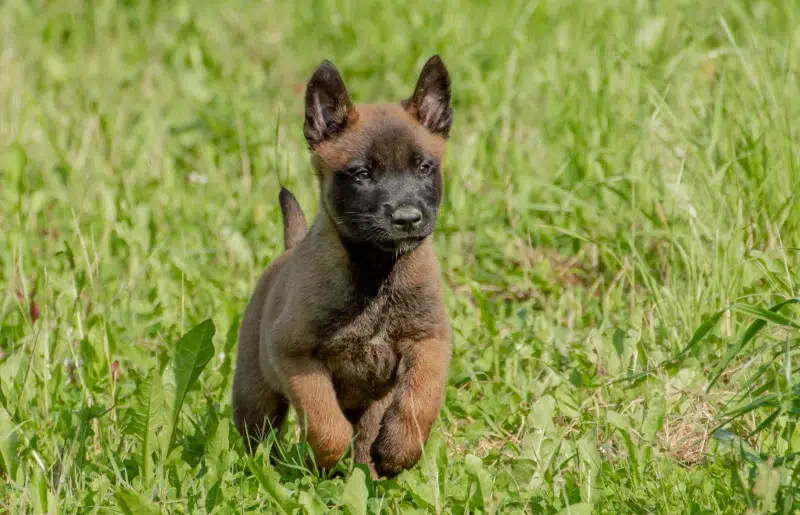
4. Stick to Positive Training Methods
Belgian Malinois are highly intelligent and trainable dogs, but they can also be sensitive. Positive training methods are an integral part of training your dog. Positive training methods will help build your pup’s confidence and increase their trust in you by providing them with an incentive to continue with certain behaviors. Aversive methods may lead to stress, anxiety, and a lack of confidence and trust. While some still use aversive training tools and methods for correction, in our experience, they can do far more harm than good.
5. Practice Clicker Training
Clicker training is a great option for your Belgian Malinois because it provides them with an immediate marker to reiterate they are on the right track. During clicker training, a clicker is clicked the very moment a dog performs a desired behavior or a step or approximation toward it. This marker can then help to link the time frame between the desired behavior execution and the time you reward your dog with a toy or treat.
For some dogs, if they complete a task and you are digging around for a treat, they may not receive the reward quickly enough to understand exactly what they are being reinforced for. The click of the clicker lets your dog know that they did something correctly and that a desirable reward is headed their way.
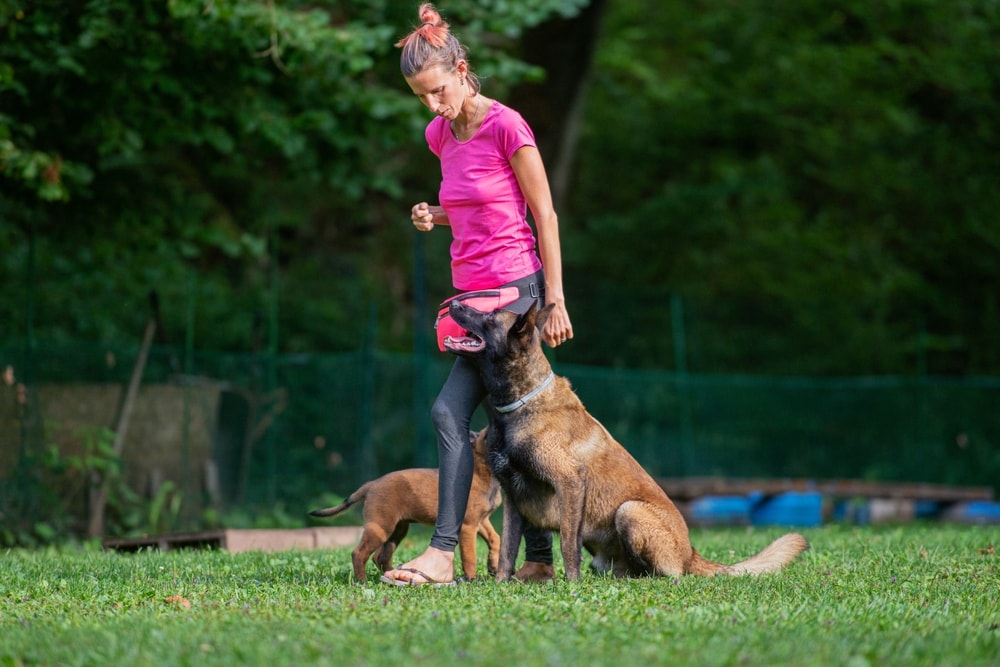
6. Find Your Dog’s High-Value Rewards
Every dog is unique, and this goes for the rewards that they prefer. Most dogs are food driven, which makes finding rewards relatively easy. However, during training sessions, high-value rewards are an ideal incentive for positive reinforcement of behaviors. High-value rewards can vary significantly between dogs, though, so you may have to try a few different options to find what works for your dog.
Some dogs may respond well to treats like freeze-dried beef liver or salmon pieces, while others may prefer crunchy treats or even pieces of their own kibble. For some dogs, your cuddles are their favorite reward, while others can go crazy about a specific toy or item.
7. Keep Training Session Length Appropriate
In many people’s minds, longer training sessions are going to be more effective. After all, if we want to learn how to do something, we often do it over and over until we begin to feel confident in the skill. When it comes to dogs, though, longer training sessions can become overwhelming and difficult to maintain focus on.
For young puppies, training sessions should only last a few minutes at a time, although you can do a handful of training sessions per day. As your dog ages, they will be able to tolerate longer training sessions, but when teaching new skills, it’s ideal to keep training sessions to around 10 to 15 minutes at the most for adult dogs. The more complex a command or skill, the more training sessions that will likely be required for your dog to master it. But know that short and positive is the goal!

8. Provide Physical Activity
Belgian Malinois are extremely high-energy dogs. They are bred to be working dogs, not couch potatoes or yard ornaments. Their high energy level allows them to effectively perform jobs and tasks for extended periods, but without a job, a Belgian Malinois can become bored and destructive.
Lovers of the breed don’t call them “Maligators” for nothing! Your Belgian Malinois will need a significant amount of physical activity every day, and a walk around the block is unlikely to cut it. Running, hiking, bikejoring, and bite work are all great options for helping your Belgian Malinois burn lots of energy.
Some people make the mistake of thinking that they need to wear their dog out prior to training sessions to help increase focus. However, significant exercise should wait until after your training session. If your dog comes into a training session tired or overstimulated, then training will be more difficult. Just ensure they get their daily exercise.
9. Provide Enrichment Activities
Physical exercise isn’t the only type of exercise your Belgian Malinois will need. Mental stimulation is an essential part of maintaining the health and well-being of your dog. Enrichment activities come in a huge number of options, and many people get quite creative when coming up with enrichment for their dogs.
Puzzle feeders and toys, problem-solving games, and access to interesting scents can all provide enrichment for your dog. Creating homemade puzzles and games for your dog can be quite easy, and there are tons of templates for DIY enrichment supplies and activities all over the internet.

10. Start With the Basics
It should go without saying that you should start small with your Belgian Malinois pup’s training. Although intelligent and trainable, your dog should have a mastery of basic commands before moving to more involved or difficult commands. Sit, stay, recall, and other basic obedience skills should all be mastered while your dog is still relatively young. Keep in mind that things like house and crate training are also basic skills that your pup will need to have a solid grasp of while they are still young.
11. Talk to a Pro
When all else fails, talk to a professional dog trainer! This breed can be difficult to train and handle, especially if you aren’t an experienced dog owner. While the Belgian Malinois is not recommended for beginner dog owners, it may already be too late for some people. If you’re struggling with training your Belgian Malinois, then reach out to a professional dog trainer or veterinarian as soon as possible. The sooner you reach out, the sooner they can help you correct bad behaviors and get your pup trained.
If you need to speak with a vet but can't get to one, head over to PangoVet. It's an online service where you can talk to a vet online and get the personalized advice you need for your pet — all at an affordable price!


Conclusion
Although intelligent and loyal, the Belgian Malinois is an energetic dog that may make training challenging. Early socialization and trust building are the foundations for helping your pup succeed with training, but you will need to provide for all of your dog’s mental, physical, and emotional needs to set them up for success in their training. If you’re ever unsure about training your Belgian Malinois on your own, don’t hesitate to reach out to a professional dog trainer!
- You might be interested in: How to Train Your Dog with Love + Science Book Review
Featured Image Credit: Y.Gq_photo, Shutterstock

